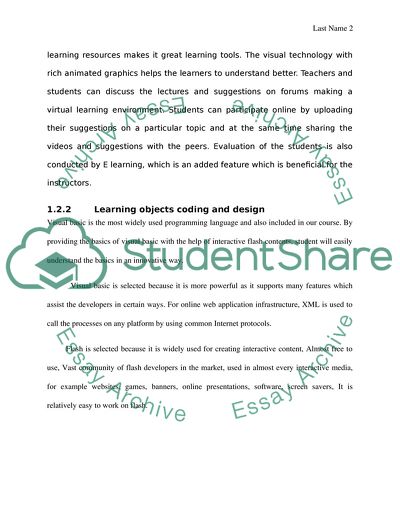Cite this document
(Multimedia Integration for Language E-Learning Research Paper, n.d.)
Multimedia Integration for Language E-Learning Research Paper. Retrieved from https://studentshare.org/education/1744854-research-in-e-learning-and-learning-object
Multimedia Integration for Language E-Learning Research Paper. Retrieved from https://studentshare.org/education/1744854-research-in-e-learning-and-learning-object
(Multimedia Integration for Language E-Learning Research Paper)
Multimedia Integration for Language E-Learning Research Paper. https://studentshare.org/education/1744854-research-in-e-learning-and-learning-object.
Multimedia Integration for Language E-Learning Research Paper. https://studentshare.org/education/1744854-research-in-e-learning-and-learning-object.
“Multimedia Integration for Language E-Learning Research Paper”, n.d. https://studentshare.org/education/1744854-research-in-e-learning-and-learning-object.


